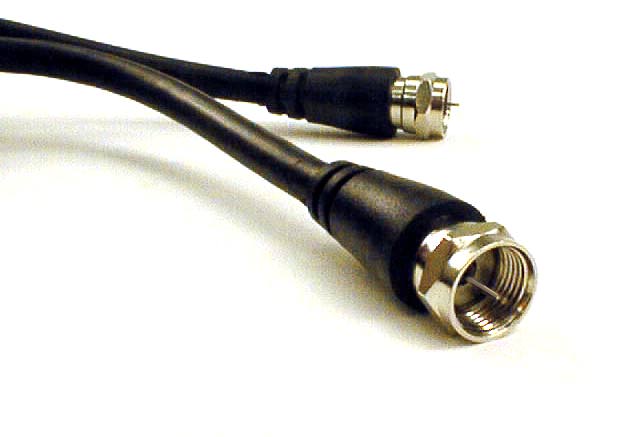In network hardware, as well as a class can not be ignored is the network transmission medium, usually referred to as a network cable. Common cable of thin twisted pair, fiber optic cable, coaxial cable, and coarse coaxial cable.
The fiber optic cable is a new generation of transmission media, compared with copper media, fiber, both in terms of safety, reliability, or network performance has been greatly improved. In addition, the bandwidth of the optical fiber transmission far beyond copper cable, and its support maxium connection distance of more than two kilometers, is the inevitable choice for the formation of large-scale networks. Because the fiber optic cable has good resistance to electromagnetic interference, confidentiality, speed and transmission capacity, so its price is also more expensive at home, rarely used. Now more common with the two different types of optical fiber, respectively, is a single-mode optical fiber and multi-mode optical fiber (the so-called “mode” refers to a beam of light entering the fiber at a certain angle). Multimode fiber is generally used in the same office or relatively close area network connection. And a higher quality of the data of the single-mode optical fiber transmission, the transmission distance is longer, typically is used to connect the office or between geographically dispersed broader network. If the use of fiber optic cable as a network transmission medium, the need to increase the optical end transceiver equipment, the cost of inputs greater, less used in general applications.
Twisted pair cable is a flexible communications cable, containing a pair of insulated copper wire, it’s cheap, it is widely used, such as common telephone line.Depending on the maximum transfer rate, twisted pair can be divided into three categories, Category 5 and Category 5 super. Rate of 3 twisted pair to 10mb/s class of up to 100mb/s, while the ultra category up to 155mb/s or more, may be suitable for the future multimedia data transmission needs, it is recommended that a Category 5 or Category 5 super double standed wire. Twisted pair can also be divided into a shielded twisted pair (STP) and unshielded twisted pair (UTP). STP twisted pair, although the rate is lower (only 4mb/s), but the anti-interference ratio utp twisted pair, so the price should be a lot more expensive type of twisted pair cheap a few dollars a meter, it may more than a dozen yuan to buy one meter. In contrast, utp twisted pair price is generally about one meter, relatively low. In addition, used the 10m and 100m popular unshielded twisted pair is called 10base-t and 100base-t, we can often see in the market. Also supporting the use of rj45 crystal head and twisted pair for making twisted pair NIC rj45 interface connector, its quality is directly related to the stability of the entire network, and can not be ignored.

Coaxial cable transmission medium is more familiar with a lot of friends, it is by layers of insulated wire wrapped around the central copper conductor cable, its most important feature is the anti-jamming capability, stable transmission of data, and the price is cheap, so, once widely used, such as closed circuit television lines. Previously coaxial cable with more, mainly because coaxial cable bus structure composed of network costs lower, but the single cable damage may lead to paralysis of the entire network, maintenance difficult, and this is its biggest drawbacks. Ethernet applications of coaxial cable into the thick coaxial cable (10base5) and thin coaxial cable (10base2) two kinds. Now not thick coaxial, thin coaxial cable market. The thin coaxial line general market price a few dollars a meter, not too expensive. Coaxial cable is used to and bnc head connected coaxial cable to sell on the market are generally and bnc head connection of the finished product, we can directly use.
Article source: http://www.fs.com/blog
